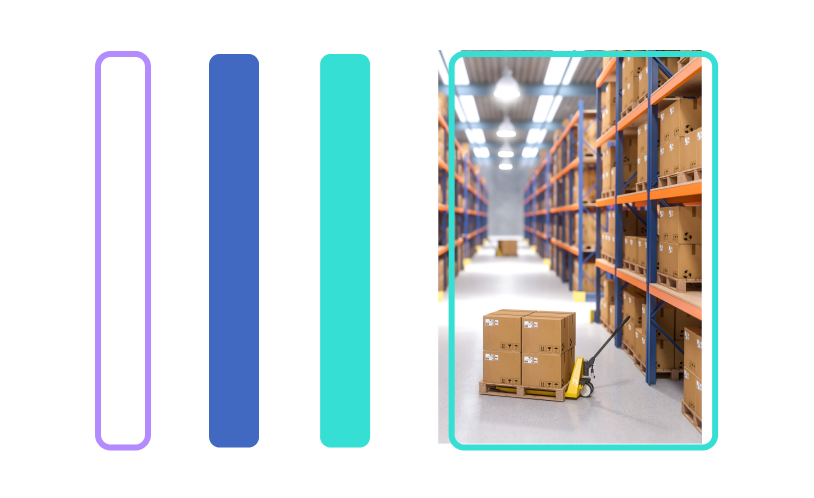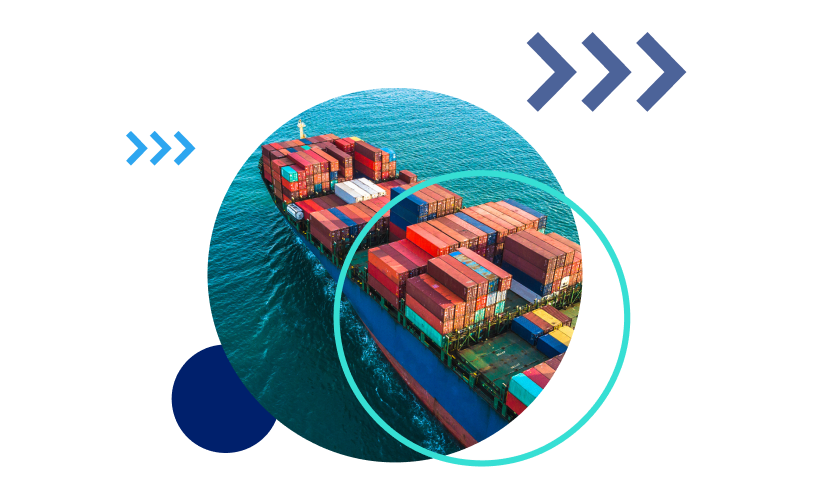Amazon is a marketplace where sellers from around the world sell their goods. With the largest global footprint of any online marketplace, Amazon offers ecommerce businesses the opportunity to outsource almost all of the services required to get sold goods into the hands of customers.
With one of the most advanced fulfillment networks in the world, fulfillment by Amazon – or FBA – can help you scale your business and reach more customers while saving time and money on storing, packaging, and delivering your products.
What Is Amazon FBA?
Fulfillment is what happens to goods once they have been manufactured and purchased by a customer.
What does fulfillment include?
- Storing
- Packing
- Shipping orders
- Returns or exchanges (reverse logistics)
While some businesses choose to manage fulfillment, others outsource to Amazon or other third-party options.
Fulfillment by Amazon means that Amazon takes over responsibilities for shipping fulfillment when a customer makes a purchase. Once the seller delivers the goods to a designated FBA warehouse, individual orders are picked, packed, and shipped. FBA also provides customer service and reverse logistics support.
Amazon has 185 fulfillment warehouses globally and over 100 in the United States alone, so sellers can place their goods closer to the final delivery address, thereby lowering ground shipping costs and transit time.
Looking for live freight quotes for your next FBA shipment?
How Does Amazon FBA Work?
To get started with FBA, all you have to do is set up an Amazon seller account. Then in just a few steps, your goods will be listed on the Amazon marketplace.
- Log in to Seller Central to set up FBA and select any FBA specialized services, for example Multi-Channel Fulfillment (MCF).
- Create FBA product listings for the items you will be selling. This involves creating a unique product code and SKU number, and adding relevant product details to each listing.
- Ship products to designated Amazon fulfillment centers according to packing and shipping requirements. More on this below.
- Once delivered to a designated warehouse, Amazon FBA stores the products for a fee until an order is placed by a customer.
- For any order, Amazon FBA handles the entire transaction, including delivery, returns, and customer service.
How to Ship & Send Products to Amazon FBA
If your business involves importing internationally, it’s important to know that Amazon has strict requirements when it comes to receiving shipments.
For instance, all shipments must conform to their labeling and packaging requirements or they may be refused. Delivery may also be refused at the warehouse gate if Amazon is designated as the consignee on the shipment.
This is just the beginning.
Here are Amazon’s 6 main requirements for inventory arriving from overseas:
- Amazon FBA will not serve as the importer of record and will only act as ultimate consignee if the name of the location is followed by “in care of FBA.”
- Your customs broker must contact Amazon before shipping to get the EIN or Tax ID number required for customs clearance.
- Amazon FBA does not accept delivery with duties, taxes or other charges owing.
- You must arrange prepaid delivery to the fulfillment center.
- Non-US based businesses have additional requirements.
- Amazon warehouses only accept shipments that conform to their palletizing and labeling requirements.
When booking freight, Freightos.com’s quoting process has built-in Amazon FBA requirements, minimizing error and rejected deliveries. Plus, you can get quotes from multiple logistics providers all in one place – and ship directly to FBA fulfillment centers.
Amazon FBA Shipping Costs & Fees
While all Amazon sellers can expect an average 15% referral fee on any product sold regardless of fulfillment method, FBA sellers will also need to pay an additional range of costs to cover the storage, handling, and delivery of goods.
Amazon FBA costs vary depending on seasonality, the type of goods, and the size and weight of the products being stored and shipped.
In order to get your goods fulfilled by Amazon, you’ll need to deliver the products to an FBA warehouse in the correct packaging and with the correct labeling. If you’re importing these goods, that means booking international air or ocean freight at a separate cost.
To get an estimate of what freight will cost you for shipping to an Amazon FBA warehouse, you can use this calculator.
Just enter your shipment details to get a better idea of the total landed cost of your goods.
Pros and Cons Of Amazon FBA
Pros:
- Reduced time and resource costs than coordinating independently with logistics providers
- Fewer touch points, which lowers the risk of lost and damaged products
- Access to Amazon customer service and returns management
- Ability to offer Prime shipping, including one-day delivery
Cons:
- Higher storage costs – especially for long-term periods
- Strict receiving regulations
- Less control over branding
- Complex sales tax compliance across various warehouse locations



